How to plant a garden for pollinators – in 10 insect-friendly steps
Experts offer their top tips for creating a base for wildlife in your backyard with a pollinator border

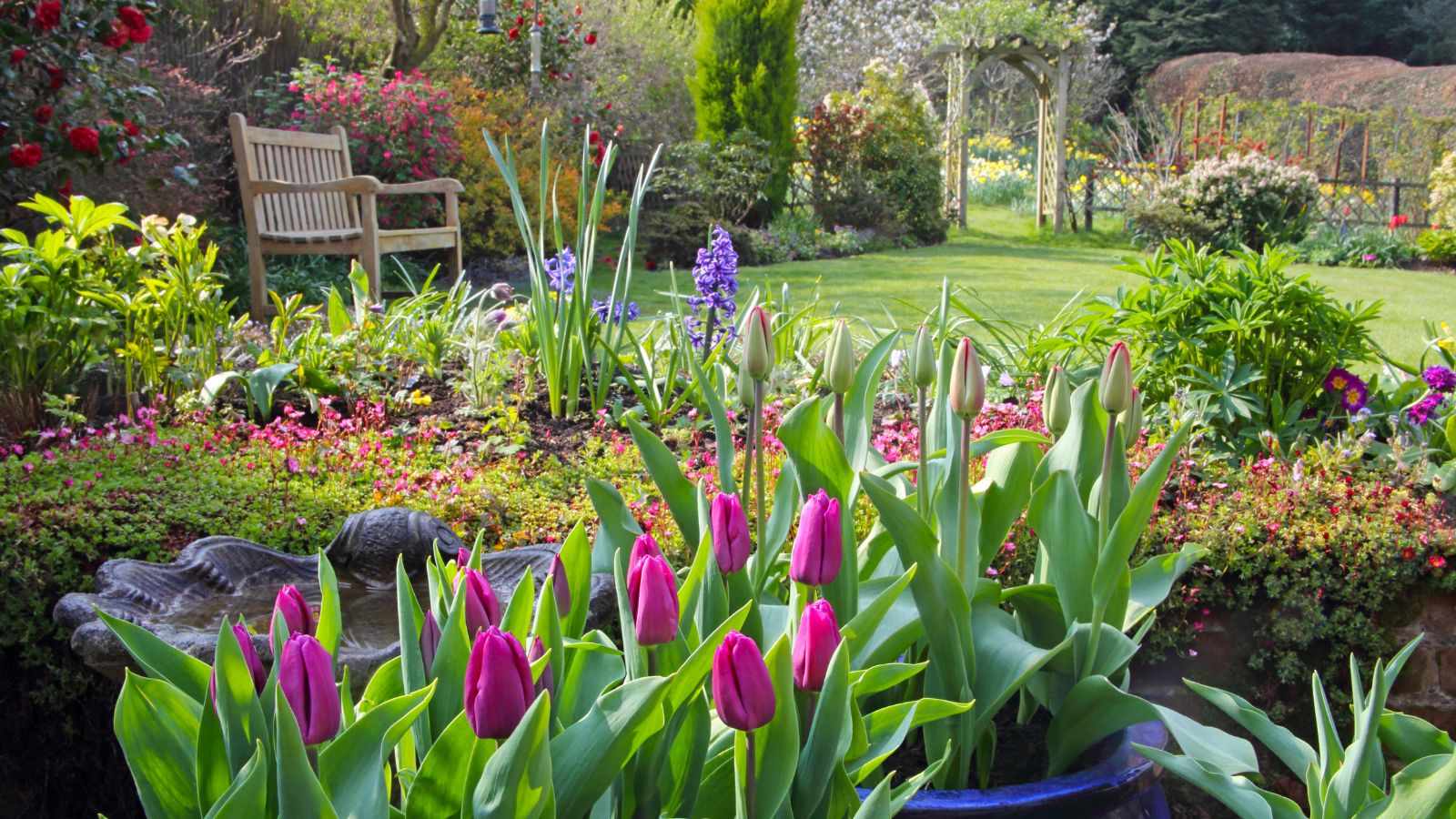
Planting a pollinator garden is a great way to create a space where wildlife can thrive, and it will also ensure your backyard is colorful, filled with gorgeous scents and varied all year round.
But there is more to these gardens than simply filling them with plants for pollinators. In fact, planting pollinator borders is just the first step to making an alluring space for important critters. Much of your success will be down to planning and maintenance, too.
Here, experts give their tips on how to plant a pollinator garden all the right insects will love.
How to plant a garden for pollinators
Our gardens are important environments for encouraging biodiversity. A variety of birds, insects, and mammals such as hedgehogs, bats and frogs seek shelter and food in our yards, so it is important when considering wildlife garden ideas to have a variety of plants and habitats to support these demands.
1. Where should your pollinator garden go?

A pollinator garden may not take up your entire backyard; ideally, it might, but if your plot isn't perfect for specific plants, you may need to dedicate just one area of it to pollinators.
So, before you begin planting, ‘start off by getting to know your garden,’ suggest the wildlife experts at Vivara. ‘Understanding your lawn layout is really important. If you don’t know your garden, neither will wildlife!’
Recognize which areas of your yard get the most sun and at what times. Does it face north or south? It is essential to consider the location of your pollinator border to ensure it is getting the right amount of sunlight a day, since most pollinator gardens need around six hours daily).
Design expertise in your inbox – from inspiring decorating ideas and beautiful celebrity homes to practical gardening advice and shopping round-ups.
2. When do you want your pollinator garden to bloom?
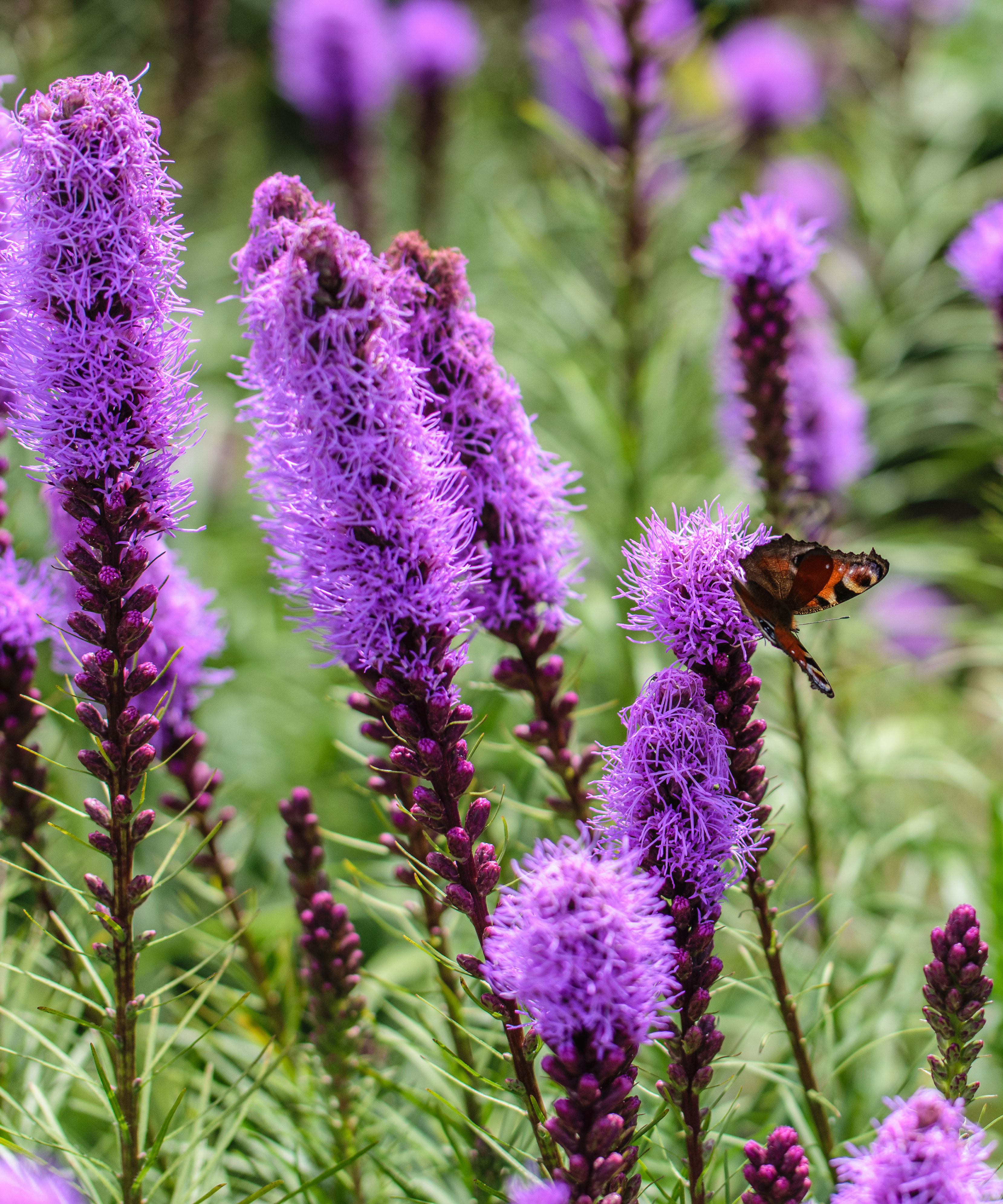
You should also think about when you want your pollinator garden to bloom. Expert and founder of Gardening Mentor Kevin Rodrigues recommends choosing flowering plants that bloom for a long time, ‘allowing your garden to be filled with flowers and attracting bees for a long period of time.’
3. Research your plants

As well as establishing where to best place your border, deciding on which plants to choose for both attracting wildlife as well as achieving a beautiful look and feel is equally as important as providing continuous flowering from spring to fall.
Attracting butterflies, for example, requires nectar-rich, colorful flowers whereas flowers that attract bees need to produce both nectar and pollen to offer a good source of protein as well as sugar. There will be some crossover here with flowers that attract hummingbirds, too.
Whether you are searching for the best plants for a butterfly garden or you want to attract a wider range of insects, the best option is to go for a variety of flower shapes to appeal to a wide variety of pollinators. In general, though, it is good to go for single, open flowers such as lush, romantic cottage garden plants to offer easy access. Kevin Rodrigues suggests choosing several types of plants such as annuals, perennials, biennials, shrubs and trees.
‘The type of plants you use also depends on the color that you want in your garden whether you prefer white, or pastel colors, or bright primary colors,’ Kevin explains. ‘Bees can see in the ultraviolet end of the spectrum and are attracted to colors like white, blue, yellow, and pink. Before you choose the plants for your bee garden make sure those plants can thrive in the soil and climate of your area.’
Vivara's experts also add that drawing a small diagram of your pollinator garden borders and plotting where you want your plants to go can help to visualize your garden before you make any changes. This method also allows you to think about companion planting which can help create a more balanced ecosystem.
4. Plant with purpose
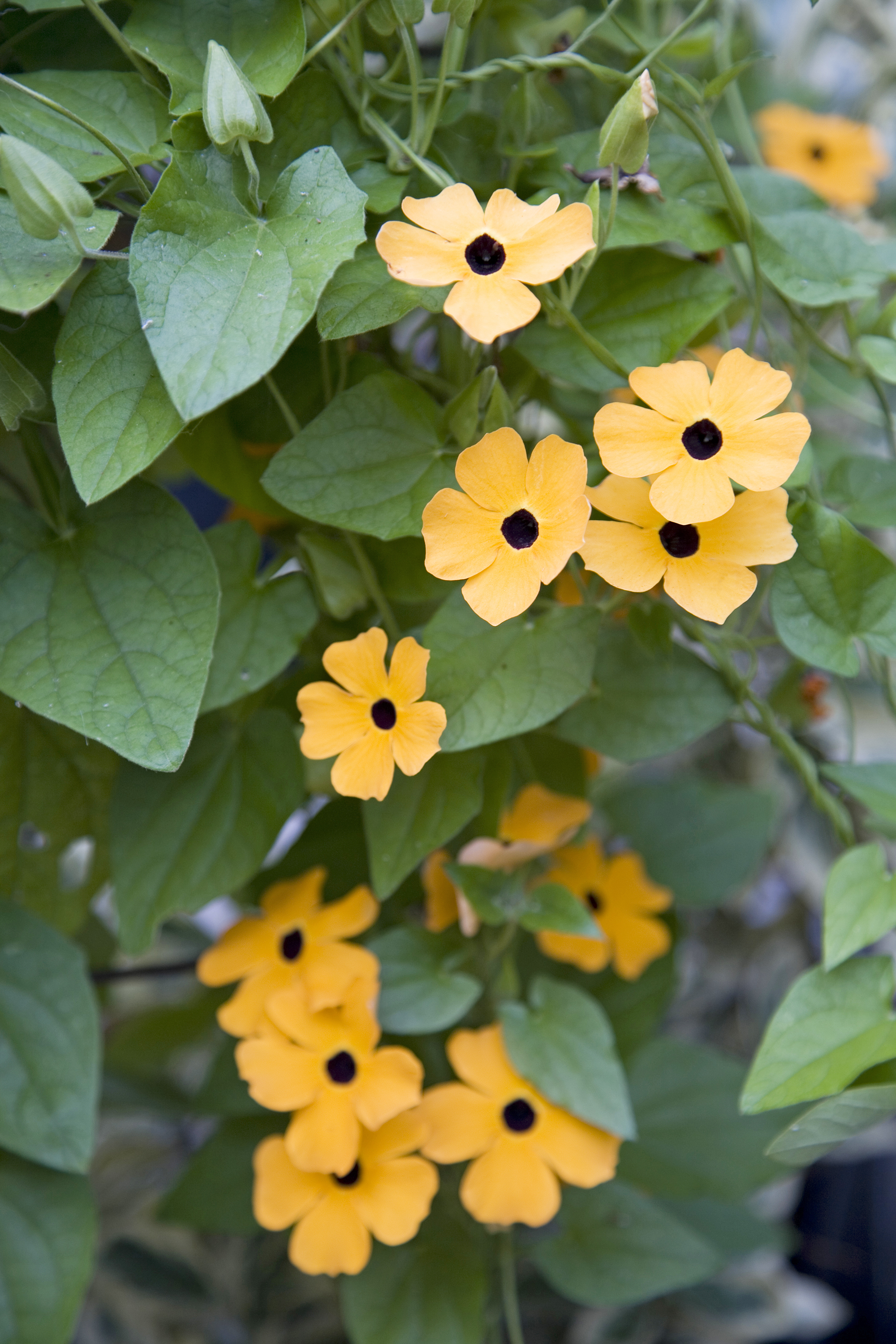
Work from the inside out and plant your trees, bushes, or shrubs such as Coffeeberry, Desert Willow, Acacia, and Hawthorne, around the back edge of the border before placing smaller shrubs and mid-sized perennials such as Anise hyssop, Aster, Bergamot, or black-eyed Susans (above) in the middle.
5. Offer pollinators a home

Consider other additions to your garden that might encourage pollinators to make a home such as including an insect or butterfly house, bird house ideas or trying your hand at making a bug hotel. Or, why not consider beekeeping for beginners?
It's also a good (but albeit unconventional) idea to make a butterfly cocktail for wildlife – a tactic that is loved by experts who want to attract the creature into their gardens.
6. Make a start on pollinator borders

When you have finished your plans, start the hard work with cutting or slicing through the grass and lift it away with a spade. You will want to create as neat an outline as possible here in the same shape as your diagram plan. Vivara's experts note that it is important to avoid removing more than 2in of soil as you do this.
Take the time at this stage to prep the remaining soil for your flowers. Make sure to remove any roots, stones or debris to be left with soil that is a soft, crumbly texture. It is ideal at this point to add some bedding compost and mix it up among the existing soil with a rake before leveling it all off.
7. Plant your flora
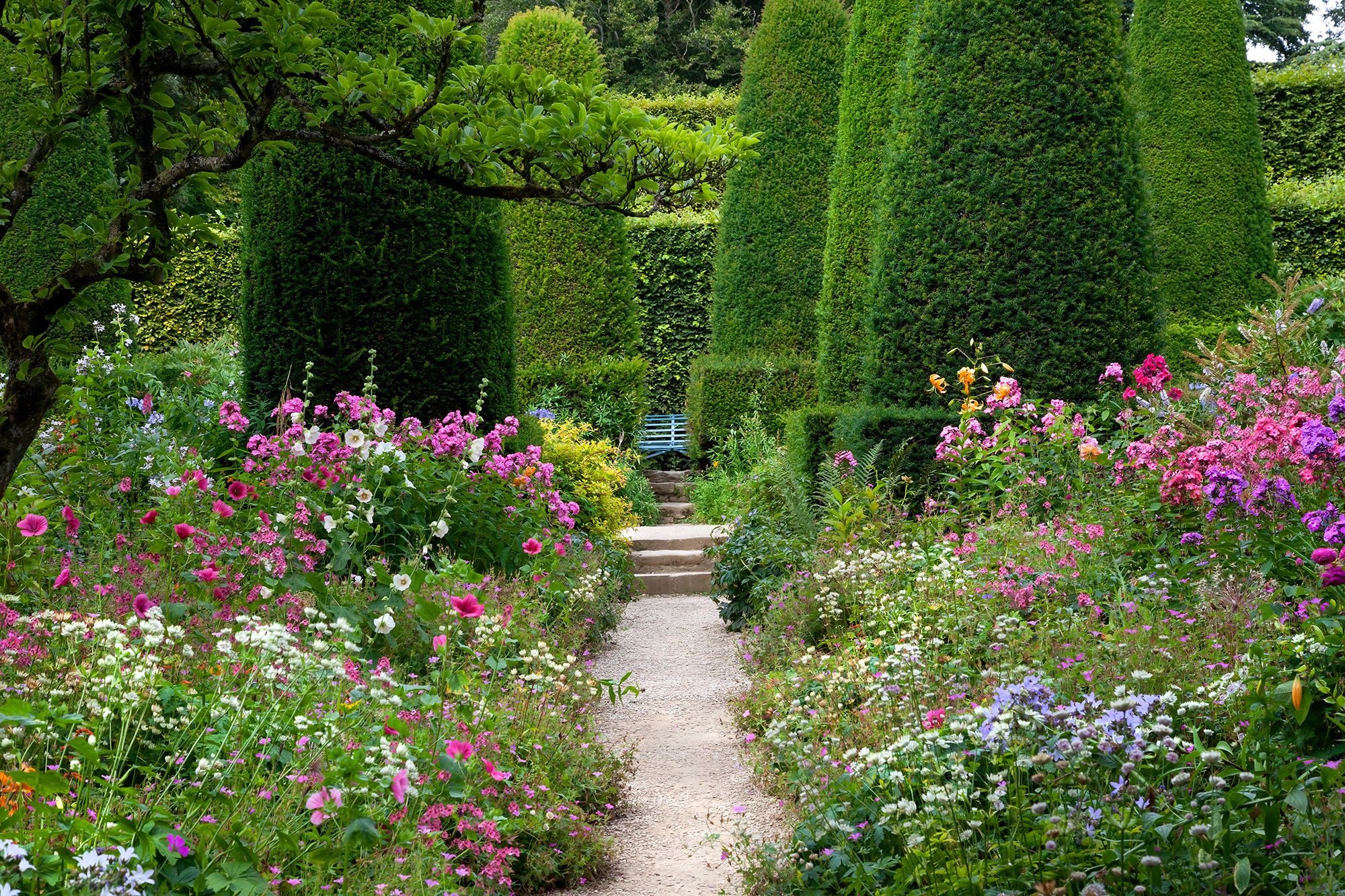
Picking blooms that thrive in your local area is a good way to ensure you attract the right pollinators to your patch. It is also more likely that native plants will thrive well, and attract native pollinators, too.
Ensure you include pollinator-attracting plants that grow to a variety of heights; these can include flowering shurbs and trees.
Just as you would plant a flower bed, remove the plants from their pots and water them well before planting. Dig a hole for each plant (slightly bigger than their pot size) and place the plant inside before covering to ensure it is snug.
Simply repeat this until your border is fully planted. It might look a bit sparse at first, but the blooms will brighten up the space in no time.
8. Don't weed or tidy too often

While you might be tempted to get rid of dandelions and other garden weeds, you can be much more relaxed about it when you're creating a garden for pollinators.
'Pollinators don't know that the flowers produced by what we call "weeds" are weeds,' says Homes & Gardens' Editor in Chief Rachel Crow. 'So if your lawn does have dandelions or clover in it, don't see getting rid of clover in a lawn as a must-do; instead, allow it to grow to provide another source of pollen and nectar.'
Piles of leaves and twigs provide shelter and hiding places for pollinating insects, as well as other wildlife, too, so don't be tempted to tidy too often, and especially not from fall to spring.
9. Help your pollinators thrive
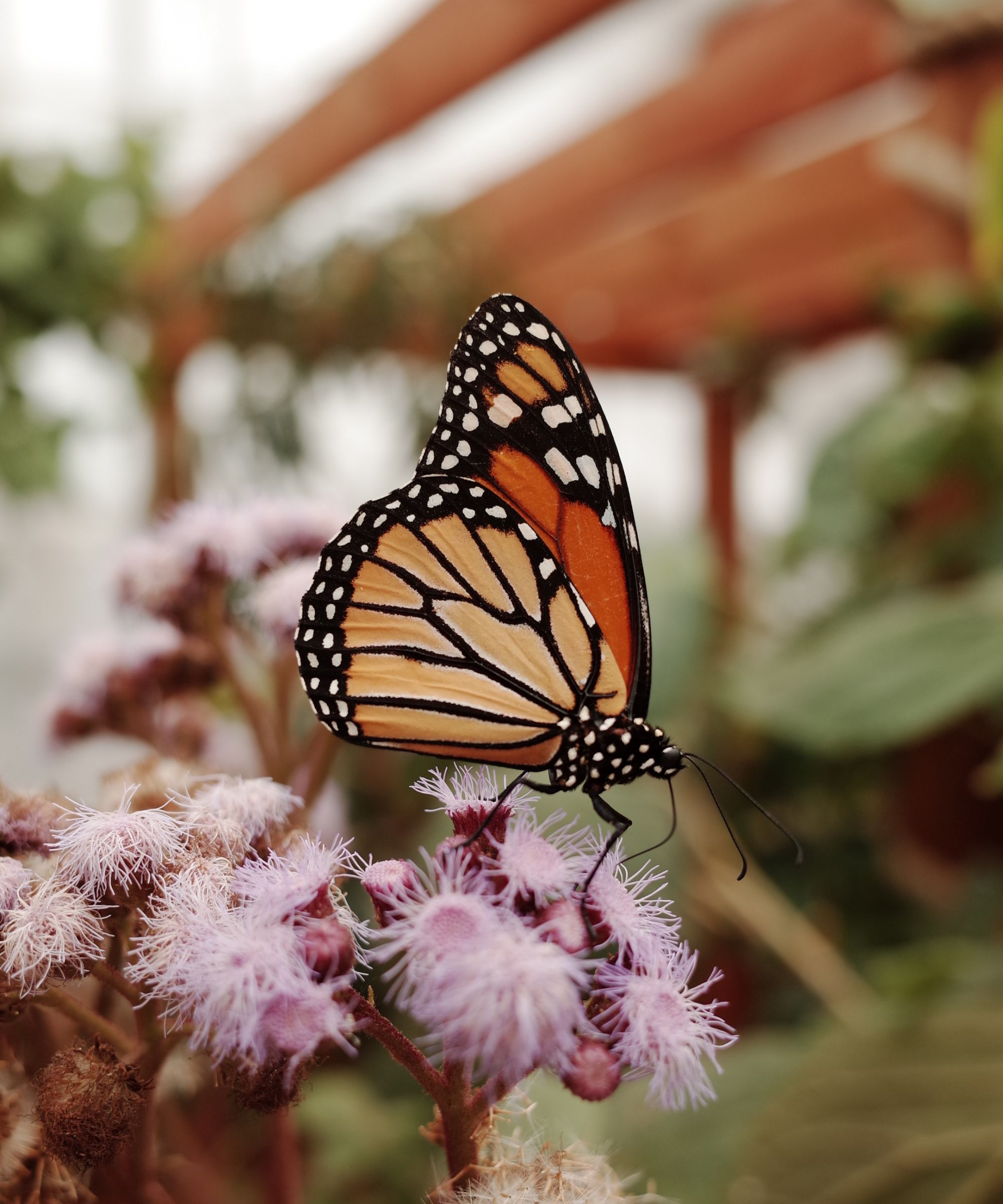
If you notice pollinators crawling about on the lawn or in borders, take note: they may be exhausted. By providing them with ready food, you can help them recover more quickly. An easy mix of warm water and sugar, mixed easily in a small, shallow container and placed near them, can allow them to feed and re-energize.'
10. Do not use pesticides
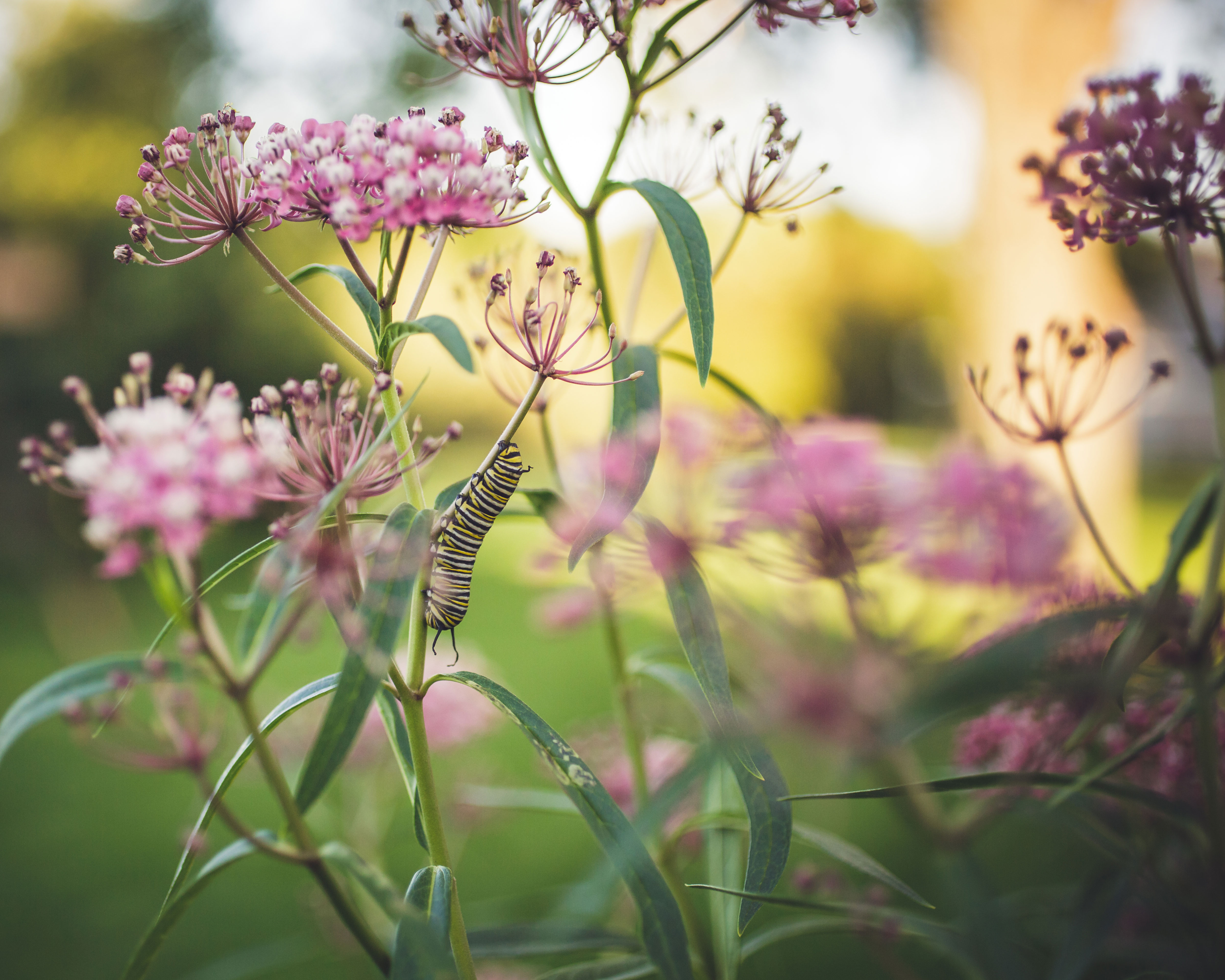
If you want a pollinator garden to succeed, avoid all pesticides, and rely instead on natural ways to control pests instead. This can include planting trap plants, which are put in to attract the pests that might bother you, pollinators or any fruit or veg you have planted.
What is a pollinator garden?
A pollinator garden is one that's planted to attract pollinating insects and birds. It needn't be large; in fact, it can be limited to a single border or a collection of containers on a roof garden. Just using whatever space to plant out a garden pollinators will love is all you need to do.
If you have limited space, most herb garden ideas will attract both butterflies and bees if you let the plants flower, plus you can harvest them for cooking. Marigolds are bright orange annuals that are easy to grow from a seed and their open petals make it an easy target for bees and other wildlife in your garden. For a dainty flower that can tolerate some shade, try intoxicating Sweet Alyssums with their tiny pinkish purple flowers.
How big should a pollinator border be?
The wider the border, the better. Wide borders are easy to manage as they give your plants plenty of space to grow and you won't need to frequently prune. Three feet wide is a good starting width, six feet is even better.
When planting a wide border it is better to have fewer planting areas but make them bigger to allow plants to spread and cover the ground.

Chiana has been at Homes & Gardens for two years and is our resident 'queen' of non-toxic living. She spends most of her time producing content for the Solved section of the website, helping readers get the most out of their homes through clever decluttering, cleaning, and tidying tips. She was named one of Fixr's top home improvement journalists in 2024.